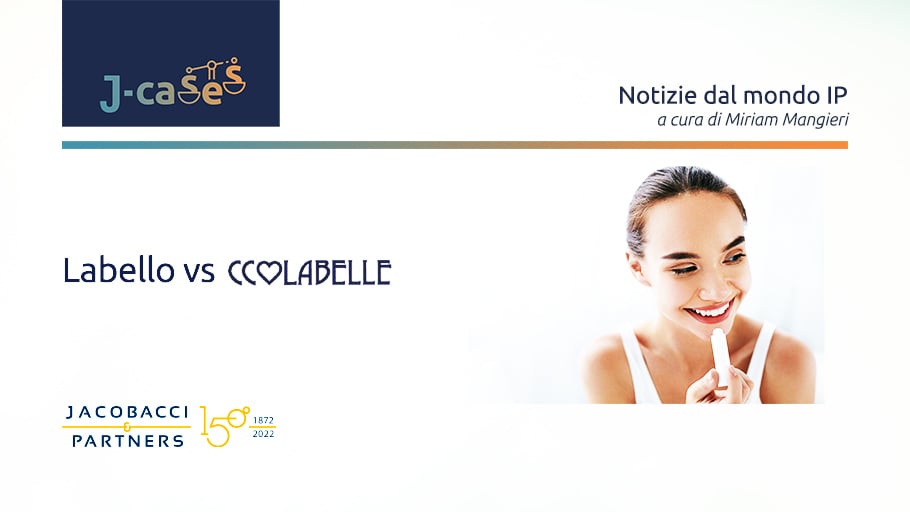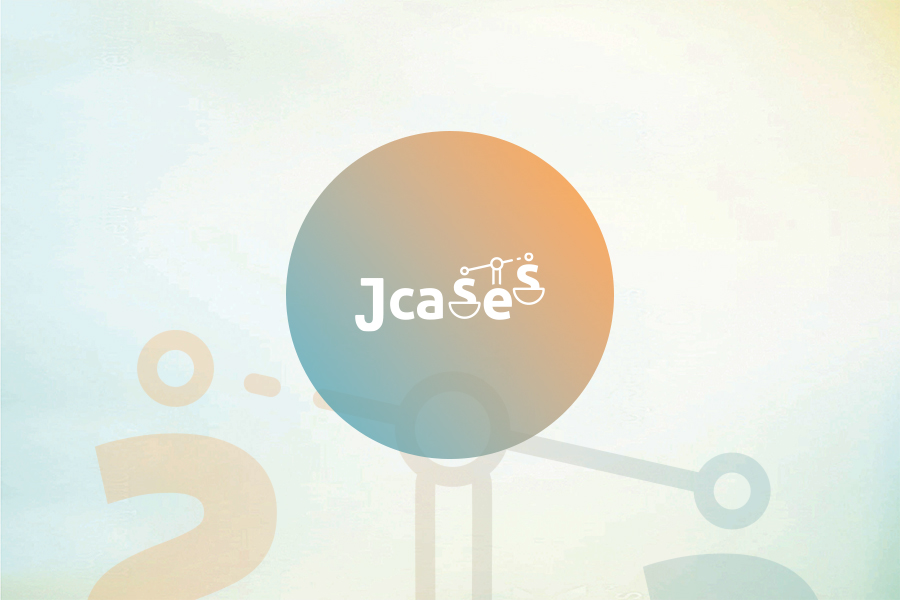
On 12 December 2017 Ms. Maria Alexandra Canisius file a EUTM application for the figurative sign  in classes 3, 16 and 25.
in classes 3, 16 and 25.
Beiersdorf AG filed opposition on the basis of his previous EUTM “LABELLO” registered on 1998 for “cosmetics preparation” in class 3, also claiming the reputation for lip care products of this TM in Germany, Italy and Holland.
The Opposition was accepted and the application filed by Ms. Canisius integrally rejected.
The Applicant filed a notice of appeal with EUIPO against this unfavourable decision.
The fourth Board of Appeal of EUIPO partially upheld the appeal and annulled the opposition division’s decision as regard the goods in class 25, while confirmed the likelihood of confusion in relation to products in classes 3 and 16.
Given the only partial positive result, the Applicant decided to file a petition to the General Court requesting to annul the contested decision and reject the opposition.
In its recent decision the General Court confirmed the outcome of the appeal on the basis of the following arguments.
First of all, where a trade mark consists of word and figurative elements (as the contested one), the former are, in principle, considered to be more distinctive than the latter, because the average consumer will refer to the goods or services in question by citing their name rather than by describing the figurative element of the trade mark. Although the goods at issue are sold in self-service stores, they are also likely to be recommended or purchased orally. Consumers could seek assistance from a salesperson or choose goods from the categories in question because they have heard them being spoken about.
Consequently, the high degree of phonetic similarity between the signs at issue (LABELLO – LABELLE) must also be taken into account in the global assessment of the likelihood of confusion.
Considering that the goods at issue are, in part, identical and, in part, highly similar, the signs have a low degree of visual similarity and a high degree of phonetic similarity and applying the principle of interdependence, there is a likelihood of confusion. The Court comes to this conclusion also considering the reputation of the earlier trade mark for lip care products, not contested by the Applicant.



